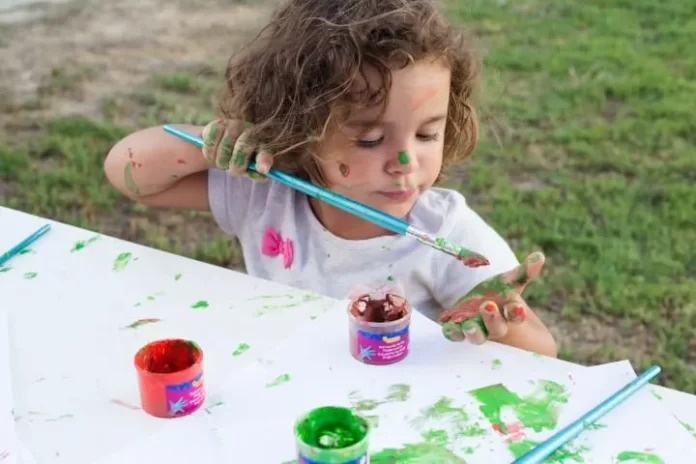Children with sensory processing difficulties often find it challenging to regulate and process sensory information from their environment. Sensory toys can play a crucial role in helping these children develop their sensory skills and improve their sensory processing abilities. However, choosing suitable sensory toys for your child can be challenging with so many different types of toys available. This article will explore valuable tips for choosing sensory toys for kids from the sea of options.
Understanding Your Child’s Sensory Needs
Children with sensory processing difficulties can have a range of sensory sensitivities and preferences, such as over-responsiveness, under-responsiveness, or seeking specific types of sensory input. Observing and understanding your child’s sensory processing difficulties is crucial before selecting a toy.
For instance, if your child is over-responsive to tactile input, they may need time to be more comfortable with certain textures, such as sticky or slimy materials. On the other hand, if your child seeks tactile input, they may enjoy toys that provide a range of textures, such as sand or playdough. In this case, it’s best to choose toys that offer a variety of textures and let your child explore at their own pace.
Consider Your Child’s Age and Developmental Stage
Children’s sensory needs change as they grow, and different toys may be appropriate for different stages of development. For example, younger children may enjoy toys with bright colours and simple shapes, while older children may prefer more complex toys that require problem-solving skills.
It’s also essential to choose developmentally appropriate toys. Consider your child’s abilities and interests when selecting toys for kids.
Choose Toys That Engage Multiple Senses
Toys that offer a variety of sensory inputs can help children develop their sensory integration skills and improve their ability to process sensory information.
For example, a toy that provides visual and auditory input, such as a musical instrument or a light-up toy, can simultaneously engage multiple senses. Similarly, a toy that involves movement, such as a swing or a balance board, can provide proprioceptive input and improve body awareness.
Select Toys That Encourage Active Play
Choosing toys that encourage active play can help improve coordination and balance, build strength, and provide proprioceptive input.
Toys that encourage movement, such as trampolines, climbing walls, and obstacle courses, can be particularly beneficial for children with sensory processing difficulties. These sensory toys for kids provide opportunities for children to engage in physical play, burn off excess energy, and improve their sensory processing skills.
Choose Toys That Offer Versatility
These toys can be used in different ways to provide a range of sensory inputs and keep children engaged over time.
For example, stacking blocks can be used to build towers, create patterns, or even as a tactile sensory experience. Similarly, a set of fidget toys can offer a range of tactile inputs and provide a calming effect for children with sensory processing difficulties.
Consider the Durability and Safety of the Toy
Sensory toys can be particularly prone to wear and tear, so choosing toys built to last is crucial. Check the manufacturer’s recommendations for age and safety guidelines, and inspect the toy for any potential hazards or small parts that may be a choking hazard. Additionally, consider the materials the toy is made of, particularly if your child has allergies or sensitivities.
In conclusion, choosing suitable toys for your child can be challenging, but it’s essential. By understanding your child’s unique sensory needs, considering their age and developmental stage, choosing toys that engage multiple senses, encouraging active play, selecting toys that offer versatility, and prioritizing safety and durability, you can find the perfect sensory toys to support your child’s development and improve their sensory processing abilities. With patience, experimentation, and a little trial and error, you can find the perfect toys that your child will love and benefit from.










